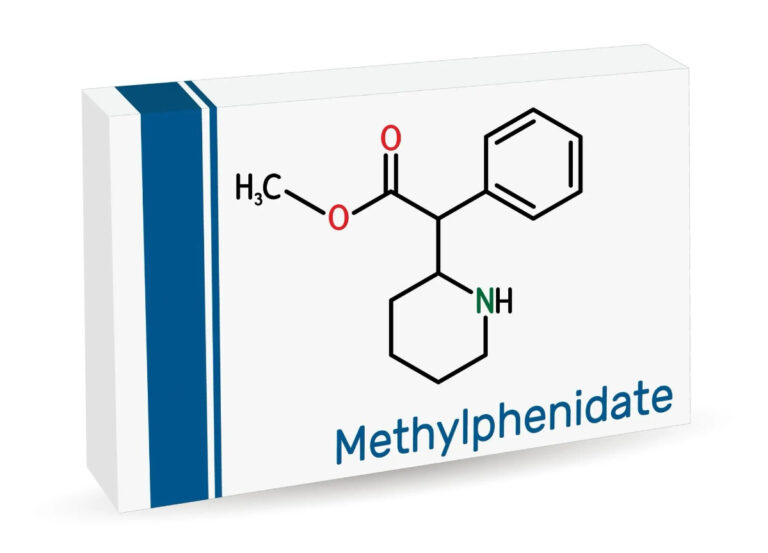Is Modafinil Addictive? Insights from Multiple Sources
Introduction
Modafinil, commonly prescribed for sleep disorders like narcolepsy and shift work sleep disorder, has also gained attention for its off-label use as a cognitive enhancer. A key question arises: Is Modafinil addictive? Examining its addiction potential, legal status, and implications can provide a clearer understanding of its use.
Understanding Modafinil
Medical Uses
Originally approved for medical conditions such as narcolepsy, shift work sleep disorder, and obstructive sleep apnea, Modafinil improves wakefulness in patients suffering from excessive daytime sleepiness associated with these disorders.
Off-label Uses
Beyond its medical applications, Modafinil has gained popularity as a cognitive enhancer. Used as a study aid, it is believed to improve concentration and alertness, especially among students and professionals.
Addiction Potential of Modafinil
General Perception
Modafinil is often perceived as having a low potential for abuse and addiction. This belief is grounded in its pharmacological profile and the nature of its effects compared to traditional stimulants.
Case Studies and Research Findings
However, research and case studies indicate that while the risk is lower compared to other stimulants, the potential for abuse and addiction cannot be completely disregarded. Instances of psychological dependence, particularly in scenarios of self-medication and unregulated use, have been documented.
Comparison with Other Stimulants
Unlike amphetamines such as Adderall and Ritalin, Modafinil operates through a different mechanism, though it shares some similarities in terms of enhancing alertness and cognitive function.
The Risk Factors and Side Effects
Physical and Psychological Side Effects
Modafinil’s side effects range from headaches and nausea to more severe psychological effects like anxiety and insomnia, particularly with prolonged or excessive use.
Signs and Symptoms of Modafinil Abuse
Indicators of Modafinil abuse include dosage escalation beyond prescribed limits, usage without medical guidance, and continued use despite adverse effects.
Risks for Children and Adolescents
The use of Modafinil among children and adolescents, especially for cognitive enhancement, raises significant concerns due to the heightened risk of side effects and dependency in this demographic.
Modafinil and Psychological Dependence
The Role of Dopamine and Brain Chemistry
Modafinil’s interaction with dopamine pathways in the brain, akin to other stimulants, underscores its potential for psychological dependence, especially in individuals with a predisposition to addictive behaviours.
Case Reports on Dependence and Withdrawal Symptoms
Case studies have reported instances of Modafinil dependence, characterized by tolerance development, withdrawal symptoms, and cravings, further complicating the narrative around its safety and non-addictive nature.
Legal Status and Regulation
DEA Classification
In the United States, the Drug Enforcement Administration (DEA) classifies Modafinil as a Schedule IV controlled substance, indicating a lower potential for abuse and dependence, yet acknowledging some risk.
Variations in Legal Status Across Countries
The legal status of Modafinil varies globally, with some countries imposing stricter controls than others. This disparity reflects differing perceptions of its safety and potential for abuse.
Concerns Over Unregulated Sales and Counterfeit Drugs
The availability of Modafinil through unregulated channels, including online sales of counterfeit drugs, exacerbates the risk of abuse and associated health dangers.
Treatment and Recovery
Approaches for Modafinil Abuse Treatment
Treatment for Modafinil abuse encompasses a range of strategies, including behavioural therapies and support groups, tailored to address the psychological aspects of dependence.
Inpatient vs. Outpatient Rehab Options
Depending on the severity of abuse, treatment options can vary from inpatient rehab programs to outpatient settings, providing varying levels of support and supervision.
Strategies for Managing Withdrawal Symptoms
Management of withdrawal symptoms is crucial in the recovery process, requiring medical supervision and potentially adjunct therapies to mitigate the effects of cessation.
Discussion and Perspectives
Balancing the undeniable medical benefits of Modafinil with its abuse risks presents a complex challenge. Medical experts advocate for cautious use, strict adherence to prescription guidelines, and heightened awareness of its potential for psychological dependence.
Conclusion
In conclusion, while Modafinil is generally considered to have a low potential for addiction, evidence suggests that the risk, albeit small, is present. Its status as a cognitive enhancer, particularly among non-medical users, demands careful consideration of its addictive potential and side effects. Responsible use, guided by medical advice and legal regulations, remains paramount.
This comprehensive examination of Modafinil, drawing on a multitude of sources, aims to provide an informed perspective on its potential for addiction, fostering a deeper understanding and cautious approach to its use.








